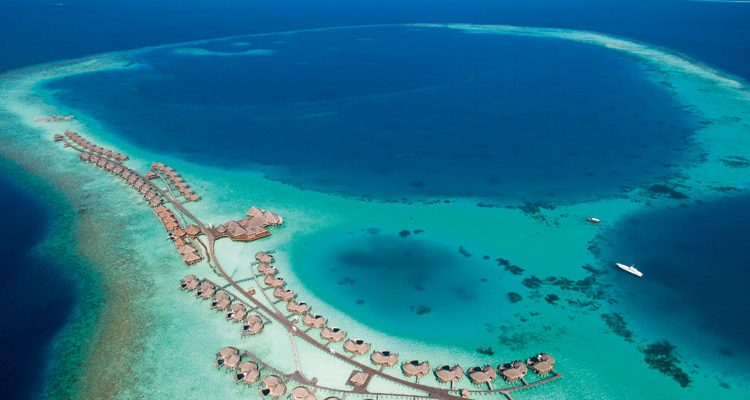There
are many types of reefs found in oceans around the world. Coral reefs can be a
home to many types of fish who are able to blend in with the reefs in order to
camouflage themselves from predators. Despite covering less than one percent of
the ocean floor, coral reefs support around 25 percent of all marine species.
In addition to protection from predators, some reefs provide food for
herbivores such as parrotfish. Parrotfish will eat algae and dead coral along
the reefs, therefore they clean the dead parts of the reef. Corals also play a
crucial role in the environment which is why they are found all around the
world.
Fringing reefs, barrier reefs, patch reefs, and atolls
are all types of coral reefs that are found around the world. Each of these
reefs are made in a different way and play their own special role in the
ecosystem. Fringing reefs are the most common, they grow around islands and
continents near the coastline and are separated from the shore by narrow,
shallow lagoons. Barrier reefs grow parallel to the coastline and are separated
by deep, wide lagoons. Barrier reefs can grow to the water’s surface forming a
“barrier” for navigation at their shallowest point. The most well know barrier
reef is the Great Barrier Reef in Australia.

Patch
reefs are smaller, isolated reefs that grow up from the bottom of the
continental shelf or island platform. They are usually found in between
fringing and barrier reefs. They also can vary in size while they don’t usually
grow to the surface of the water. Atolls are reefs that form in a ring shape
that protect lagoons that are in the middle of the sea. Atolls usually form
when islands surrounded by fringing reefs sink or the sea level rises around
them. The islands that sink are often the tops of underwater volcanoes. Over
time, the fringing reefs continue to grow above the surface of the water and
form the lagoon in the center. Coral reefs provide a service to the ecosystems
and to the environment when they are formed, without coral reef there would be
a significant change in the environment and food chains. This change is why
marine sanctuaries such as those in the Florida Keys are very important for the
continued survival of ecosystems and stability of the marine environment.

No comments:
Post a Comment
Note: Only a member of this blog may post a comment.